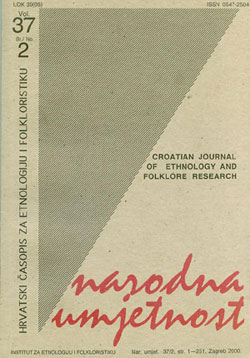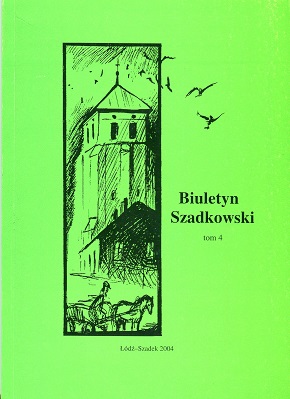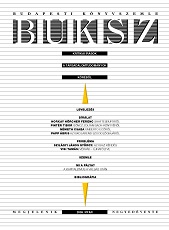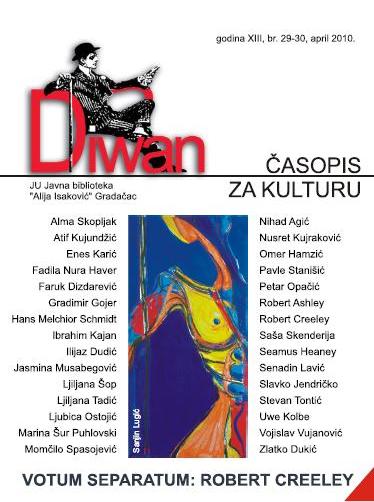
Vatra kao domovina smrti u Nodilovoj Religiji groba
The starting part of the chapter "The Grave Religion" from the study "Old Faith of Serbs and Croats" (1885-1890) by Natko Nodilo deals with incorporating Croatian and Serbian culture and civilization within the pre-Christian context of cremation of the dead. Nodilo is very cautious when creating the opposition between the (old) Slavic/pre-Christian incineration and the Christian inhumation; for no matter how he tried to ascribe the Croatian and Serbian pagan ethnos to the pre-Christian cult of the lustral fire, still and inspite of everything he notes that cremation was not common for all the Slavs. He point to the Aryans (except for the Iranians) practicing double care of the dead body, by cremating or burying it, whereas the ritual or cremating -- according to the historical testimonies -- was most practiced by the Antae (the Eastern branch of the Slavs), the ancestors of the Russians. When writing about the Croatian and Serbian ethnos, he assumes that the pagan incineration survived longer in Serbian funeral customs. For example, he thinks, just as Lubor Niederle does, that the Slavic burying was adopted only after they have been Christened, but using the archaeological data, Niederle claims that the Christianized transition to inhumation did not take place immediately. There was the biritual archaeological period. Lubor Niederle also points to the existence of the Slavic inhumation also before the Christianization (for example, in Dneiper, and Danube areas and in the Baltic), under the Roman, Avarian, Byzantene and Frankish influences, but for the most part under the influence of the bans in the Charles the Great's capitulary from the year 785. However, the final and real victory of the cult of the Earth (the grave as regressus ad uterum) was achieved by Christianization. Discussing the physical and mental boundaries between the soul and the body, Nodilo induces interpretatively the (old) Slavic practice of incineration, and cites as his (only) source the report by the Arab traveller Ahmad ibn Fadlan, who was present at the (status) cremation of an (unknown) Russian nobleman while travelling to visit the Bulgarian king on the Volga (921-922). However, the Arab traveller's report deals with, as Niederle points out, the Nordic Russians who were already at that point melting with the Slavs, which makes this custom untypical (exceptional) for Slavic funeral customs. Besides that, Nodilo also cites the changed Krek's translation of Ahmad ibn Fadlan's report; while Krek's translation described cremation in the vessel on the ground, Nodilo transposes his translation as the cremation in the vessel in water.
More...



